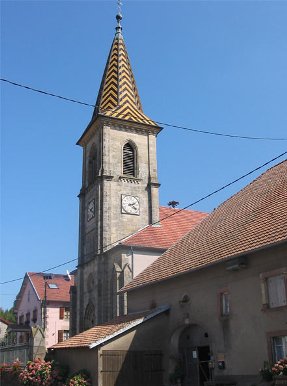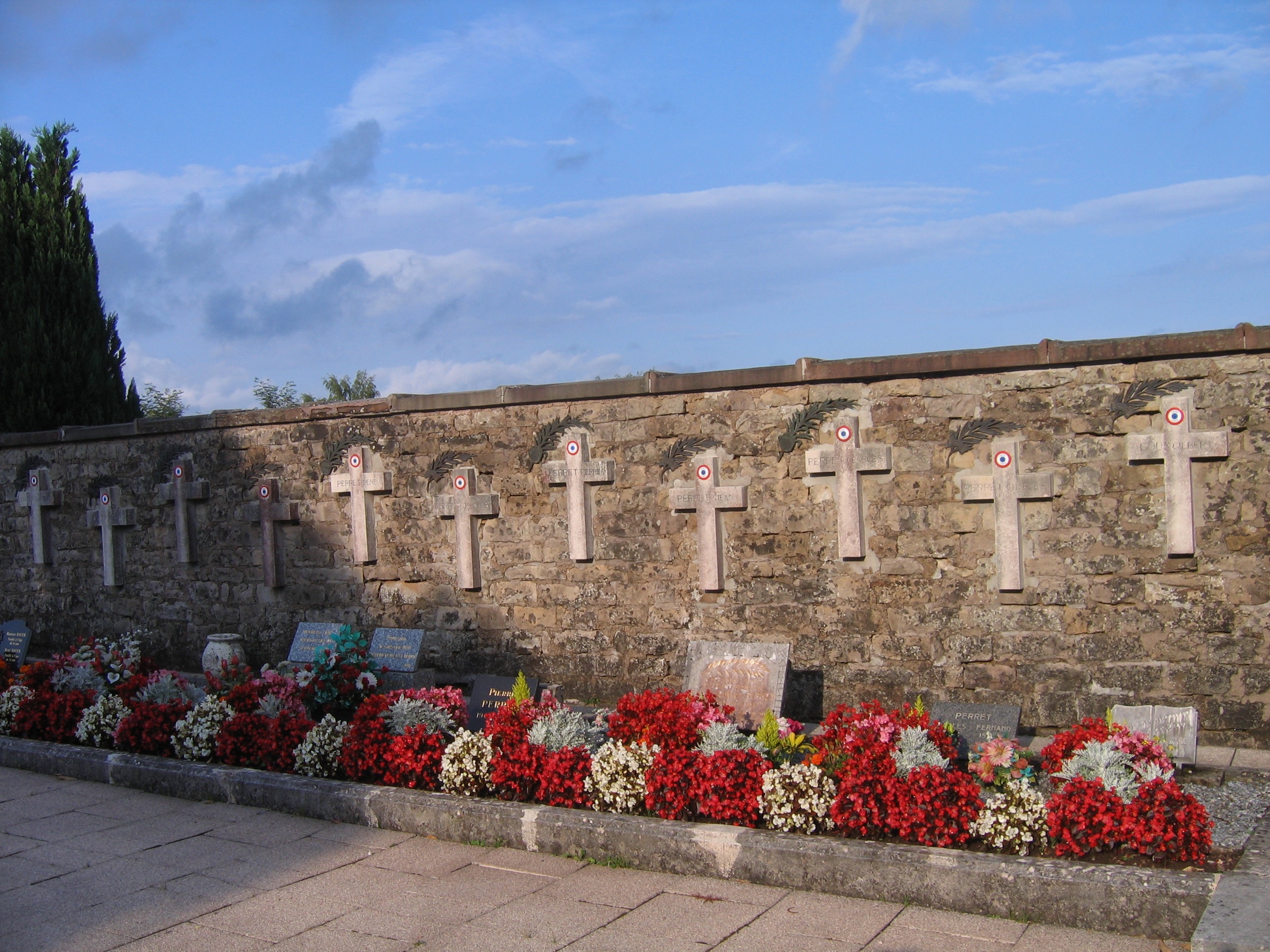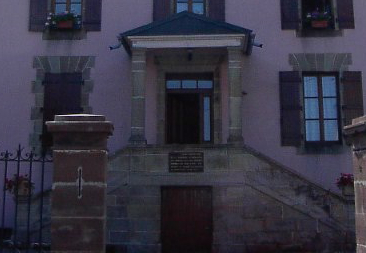The Journals
The names are what haunted me. Each of them must have a story, a reason why they were among the 39 that died that day. So, I started to ask anyone I could think of - what happened, who were they? And people began to talk to me - sometimes just in snippets, like, "oh, those guys in Etobon, they got too cocky."
After a while, people began to tell deeper stories, and after asking my questions for several months, began to share documents with me. Mme Jeand'heur, daughter in law of a well-known local resistance leader who was called The Old Trapper, gave me a copy of a journal kept by the vice-mayor of Etobon, Charles Perret. Then other writings started to appear, including the unpublished journal of another of the Perrets. Reading them, translating them, brought depth to my understanding of September 27, 1944.
 Katherine Douglass
Katherine Douglass
I was eager to learn all I could about the massacre and what led up to it. M. Lods, a local reporter for one of the daily newpapers, told me that some of the men had died singing or whistling the Marseillaise. The thought gave me chills. When Mme. Jeand'heur loaned me her copy of Jules Perret's journal, I stayed up until 2 a.m. to finish it in one sitting. The story was dramatic, and filled with twists and unanswered questions.
 The parsonage, church and Perret home in EtobonJules' journal was kept, according to him, on slips of paper which he hid in bottles in his barn. He wrote many of them in the local patois, or dialect, to protect himself if the Germans should ever discover his writings. In the diary, he describes everyday life in the village and the fields, and the changes brought about by the German occupation. As the end of the war neared, though, the people of Etobon and the surrounding villages were brought into that war in ways that would change them forever.
The parsonage, church and Perret home in EtobonJules' journal was kept, according to him, on slips of paper which he hid in bottles in his barn. He wrote many of them in the local patois, or dialect, to protect himself if the Germans should ever discover his writings. In the diary, he describes everyday life in the village and the fields, and the changes brought about by the German occupation. As the end of the war neared, though, the people of Etobon and the surrounding villages were brought into that war in ways that would change them forever.


